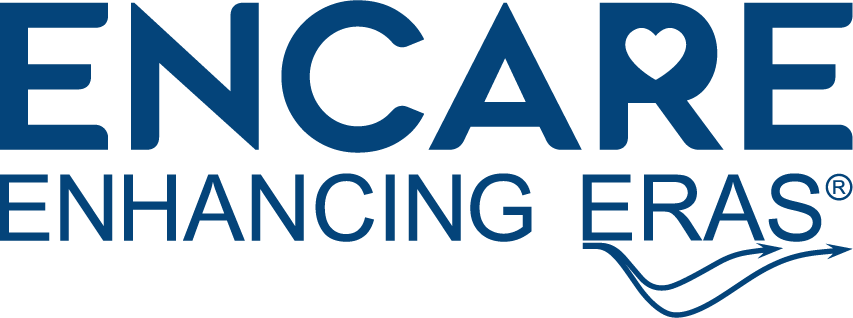

In the rapidly evolving healthcare landscape, continuous auditing of surgical processes is crucial for improving patient outcomes and operational efficiency. Extensive research supports this practice, demonstrating the significant impact of systematic monitoring and evaluation in surgical care.



Continuous auditing of surgical processes is a cornerstone of modern surgical care, providing numerous benefits to both patients and healthcare institutions.
By embracing this practice, healthcare institutions can ensure the highest standards of patient care, operational efficiency, and compliance with quality standards. The commitment to continuous improvement ultimately leads to better patient outcomes, reduced healthcare costs, and a more resilient and effective healthcare system.
For more information on implementing continuous auditing in your institution, please contact us at Encare.
